Never before have more people been displaced. How should schools in Norway receive youth with a refugee background whose experience is that their opinion has no value?
Many children and teenagers spend several years as refugees and have their lives put on hold.
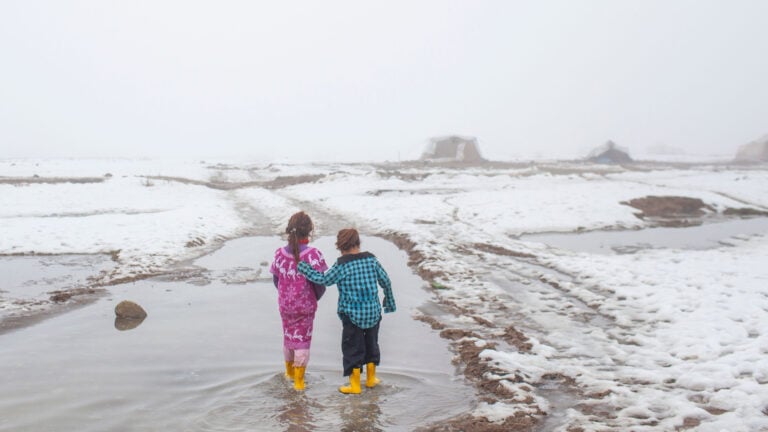
NTNU researchers Tone Brendløkken and Ragnhild Liland went to a refugee camp to learn more about how to best welcome students with a refugee background to Norway. They collected their data from 2018 to 2021, which consists of conversations with teachers, aid workers and refugees in Moria.
Their findings have been compiled in an academic article (in Norwegian), which also describes their experiences in Moria. Their article is the basis for this article.
Moria – “Welcome to Prison”
It is October and it’s raining when the researchers get off the plane on the Greek island of Lesbos. Researchers Tone Brendløkken and Ragnhild Liland are on their way to visit the Moria refugee camp, which is reputed to be one of the world’s worst.
The next day the sun is shining. Graffiti on a wall outside the refugee camp reads “Welcome to Prison.” A mountain of rubbish lies at the entrance to the camp, stinking in the heat, and yesterday’s rain has turned the place into a mud pit.
A boy in his teens comes over and wants to say hello. His name is Samir. The researchers ask Samir if he thinks it’s okay for them to go in.
“Come in and tell Europe what you see. People need to know how we’re doing here,” he replies.
Schools need refugee-competent teachers
Today, about 100 million people have been forced to flee their homes, including many children and adolescents who have spent all or part of their upbringing in a refugee camp.
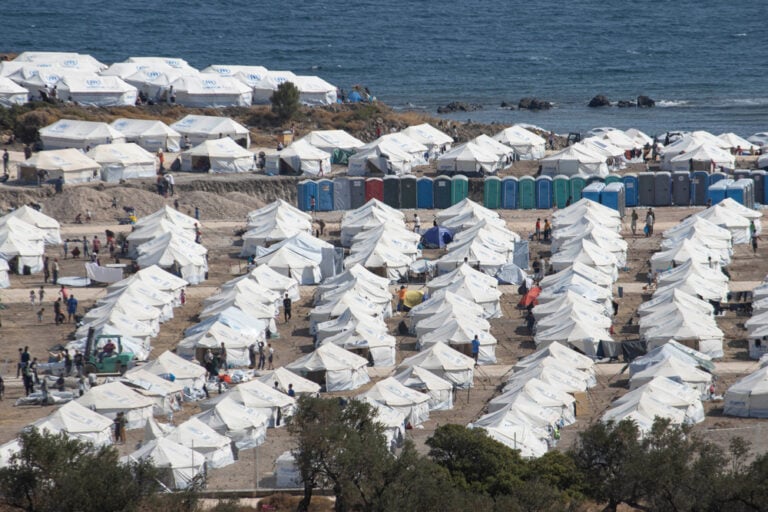
When these children come to Norway, they bring challenges and experiences with them into the classroom that few teachers have experience handling.
Even more pupils will come to school with a refugee background in the future. Research shows that school staff in Norway have little knowledge of the issue, and schools and teachers-in-training are asking for information about pupils with a refugee background.
Read more: How the Refugee Process Works in Norway
Tone Brendløkken and Ragnhild Liland are researchers at NTNU’s Department of Teacher Education. After a trip to Moria in 2018, the researchers understood that schools need to better understand what it means to be a refugee. This became the start of the project Den flyktningkompetente lærer (The refugee-competent teacher).
Internship in a refugee camp
The researchers have been learning about refugees and their educational situation through conversations with teachers and aid workers who spend time with them on a daily basis, and by talking to the refugees themselves.
In addition, Brendløkken and Liland provide student teaching internship opportunities with children and teens who have been displaced.
One of the student teachers who has had the chance to try out his teaching hand is Harald Aksnes Karmhus. He had a school internship at the Mosaik Support Center on Lesbos, where refugees come to receive education.
“As soon as I heard that we could have an internship in, or associated with, a refugee camp, I wanted to go. I thought it would be a useful experience to have, especially since I wanted to become a teacher and would certainly be encountering students with a refugee background,” says Karmhus.
Life loses value
Samir invites the researchers into the tent he shares with his brother, sister-in-law and their two children. Inside the tent, the floor is covered with cardboard sheets and wool blankets to protect against the mud. Samir and his brother say that they spend a lot of time standing in food queues. They wait for up to nine hours every single day.
As a refugee, you experience having your life put on hold. You lose the right to have rights. In the refugee camp, your opinions don’t count, and you have no opportunity to influence the environment you are in.
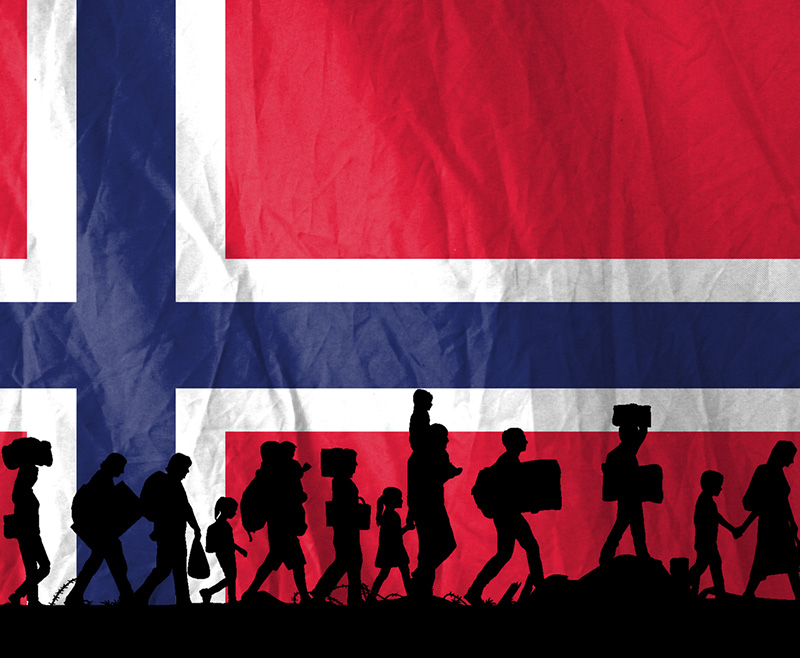
You never know when the documents you need will be ready, and people sit for years without knowing. It is precisely this knowledge that Karmhus says he will take with him into his subsequent jobs.
“I’ve gained an understanding of what it’s like to be stuck in a refugee camp, in a country you don’t know, a country you don’t want to live in, and without the opportunity to move on. You’re stuck in a situation that doesn’t give your life any value,” says Karmhus.
Education improves people’s lives
All children have the right to education, including asylum seekers and refugees. According to the UN’s Sustainable Development Goals, education is seen as a foundation for improving people’s lives.
“National and international studies point to the importance of school for refugee children and teens. If these children and youth do not have access to education, they are deprived of the opportunity to acquire linguistic, professional and social competence. Education is about knowledge, but also about mental health and quality of life,” says Brendløkken.
Research shows that 25 per cent of students in Norwegian schools who were not born in Norway drop out part way through their education. A large proportion have never started upper secondary education. Many of these students have a refugee background.
“Bodily experience”
The researchers travel on to the refugee training centre. The pupils have decorated trees and walls with drawings of freedom, equality and human rights. Teachers Mikis and Lefteris come out, together with Maria, an aid worker.
Mikis was born and raised in Greece and had read about the refugee camps in his home country, but they felt distant from his everyday life, as if they didn’t really exist. It was only when he started working there as a teacher in 2012 that he understood that the camp actually existed. He needed to have a bodily experience of it.
“The refugees are people like you and me who come across the sea. They risk their lives to get across. You have to be in it to understand. Experience it. You have to feel it in your body,” says Mikis.
Mikis is referring to one of the three practices that Brendløkken and Liland have concluded are necessary when teaching refugees. Bodily experience is one of them.
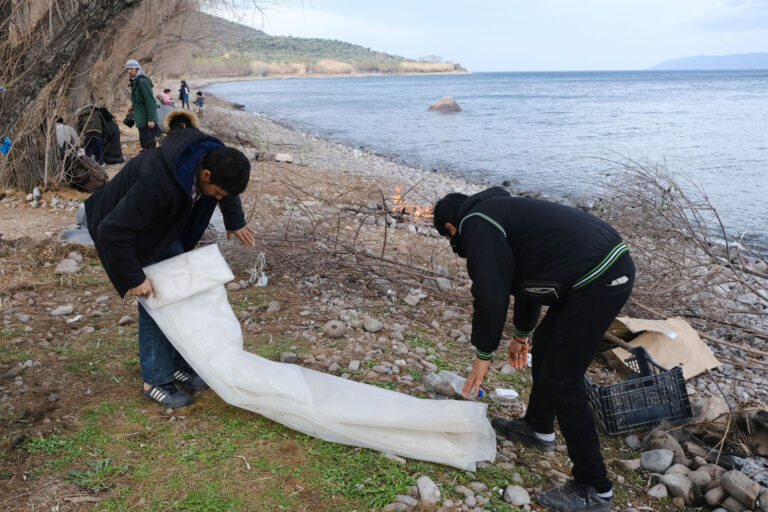
Bodily experience means that you gain knowledge through your senses and emotions. In meeting the refugees, you experience how their situation affects their lives, and why they might experience challenges in learning.
“Bodily learning has remained somewhat under the radar when we discuss learning. For example, our student teachers always bring up the importance of the practicum in teacher education. They’re experiencing things in their body, and that knowledge can be said to be physically rooted. Bodily learning emphasizes the subject’s encounter with others and the outside world,” says Brendløkken.
Brendløkken and Liland believe that it might be crucial for teachers to gain an understanding of refugees through physical experience in order to be able to effectively plan for and teach pupils with a refugee background.
“When we were asked after the trip about what our meetings with the refugees and their situation were like, we had a hard time putting it into words, because the meetings and experiences had touched our emotions, and the experiences were in our bodies,” says Brendløkken.
“Closeness and distance”
Aid worker Maria tells the researchers that she has had to learn to what extent she should involve herself in the lives of the people she meets. There are so many people who want to tell their stories and so much suffering. She shares her experience:
“At the beginning I was angry, angry because these people had to suffer. But then I realized the importance of choosing an appropriate level of involvement. I can listen to one or two stories, but I can’t listen to all of them. I need to be a fellow human being for the refugees, a close person that they can trust, but at the same time I have to maintain a certain distance, which is necessary to be able to help them.”
Maria is involved in the practice that Brendløkken and Liland call Closeness and distance. Teachers need to be close enough to understand the pupils’ feelings, but have enough distance so that they are not left with the same feeling themselves.
By maintaining distance, you take care of yourself, and only then is a teacher able to help the youngster and offer strength. In other words, it is important that as a teacher you place yourself somewhere between rejecting the refugees and identifying with them.
“Offer power and strength”
Lefteris is glad to see that the pupils change when they are at school. They become more assertive, they learn to work together and gain new experiences and knowledge that they can put to use.
“So the most important thing for us as teachers is to help them become stronger,” says Lefteris.
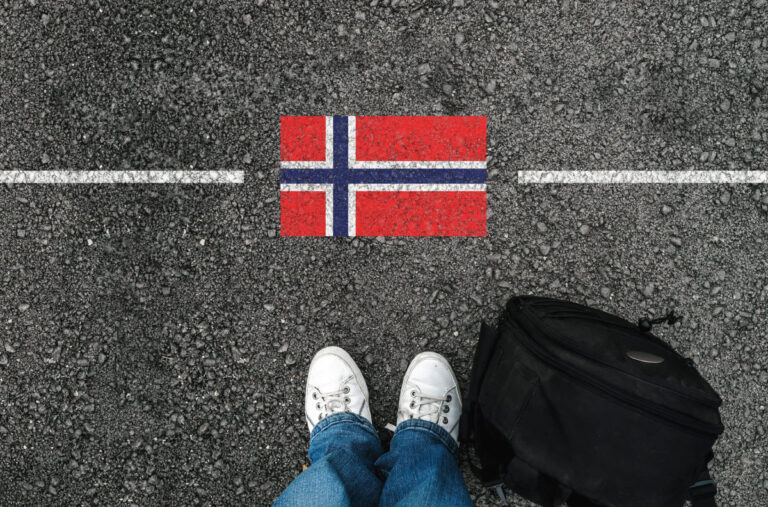
Many of the pupils have been refugees for several years. They are used to following orders, and not asking or expressing their own opinions. Going to school is unfamiliar to them. School is a place where their opinion counts, where they can ask questions and where they can participate.
The teachers help pupils believe that they have a future, that they have value and will be able to influence their own lives again.
The assistant and teachers point out that they are able to do this since their school is a democratic organisation. The students are asked questions, listened to and given the opportunity to influence a small part of their own lives. The school provides students with the belief that they have opportunities and the tools they need to trust in a new future.
Eager to support but without lived experience
Since 2018, “The refugee-competent teacher” project has evolved to also include teachers who work in schools.
The project organizes professional days where teachers meet to talk about educational practices for pupils with a refugee background. In this way, the schools and teachers who have experienced receiving pupils with a refugee background can share their knowledge.
“Some schools and teachers have extensive experience and expertise in working with pupils with a refugee background. Their experiences should be shared and discussed, because many effective educational practices already exist. The work with this group of pupils is still largely happening by individuals who bring a strong desire to the task, but we have a responsibility to bring competence to schools and to share the work of experienced teachers,” Brendløkken says.
Karmhus, the former student teacher, offers the following tips for teachers in schools that have students with a refugee background:
“Talk to pupils and get to know them. I also had pupils with a refugee background when I was practice teaching in a Norwegian school, and if you engage in a good way, there’s no problem with talking openly about this. These students experienced being a resource for the rest of the class,” says Karmhus.
In the tent of Samir and his family
Samir’s nieces are healthy and happy. They are like any other children, but their mother is afraid for the girls’ future and whether being a refugee will destroy the most beautiful thing she has.
Refugees’ daily life is often characterized by psychological pain, anxiety, grief, loneliness, worthlessness, and loss of meaning and connection in life. People need other people. We need to have people around us who show care and responsibility.
By being allowed to go to school while being a refugee, children have the opportunity to hope and dream for the future, and that they will one day be able to themselves contribute.
Karmhus now works at the Nansen Center for Peace and Dialogue in Lillehammer. There he engages with pupils on school visits, visits schools and teaches on the topics of dialogue, conflict resolution, democracy and racism.
This article was written by Monika Nyhagen and originally published on Gemini.no. It has been republished here with kind permission.
Source: Brendløkken, T. and Liland, R. (2022). Du må være i det for å forstå. Profesjonelt lærerarbeid med flyktninger (“You have to be in it to understand.” Professional teaching work with refugees.) In J. Klein, A. Bergersen and A. S. Larsen (Eds.), Utenlandspraksis for lærerstudenter (Foreign practicum for student teachers). Universitetsforlaget.

